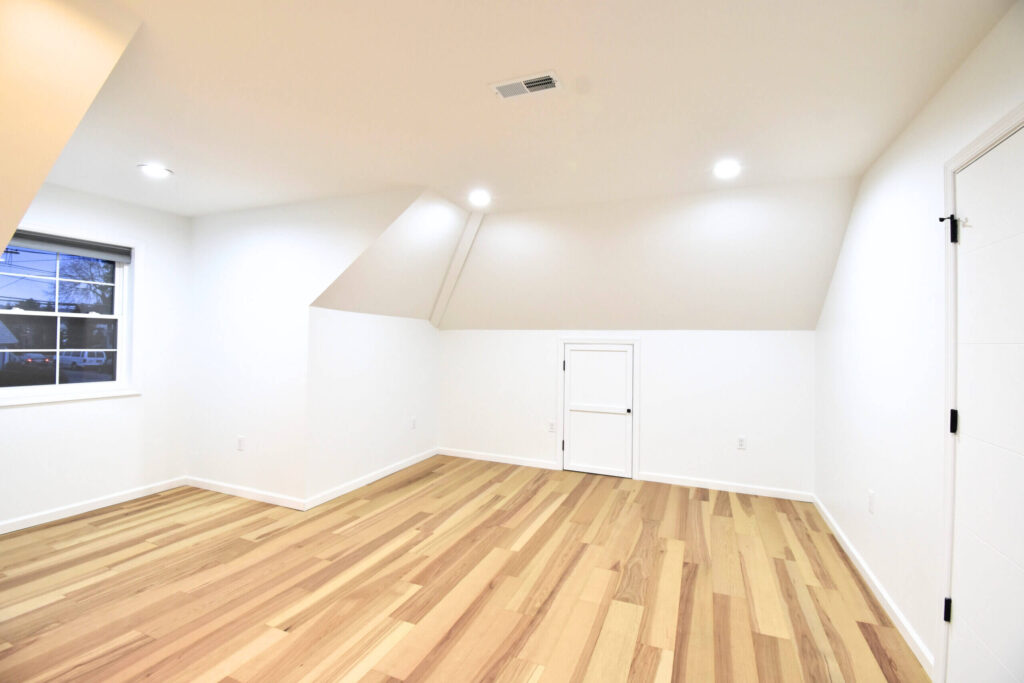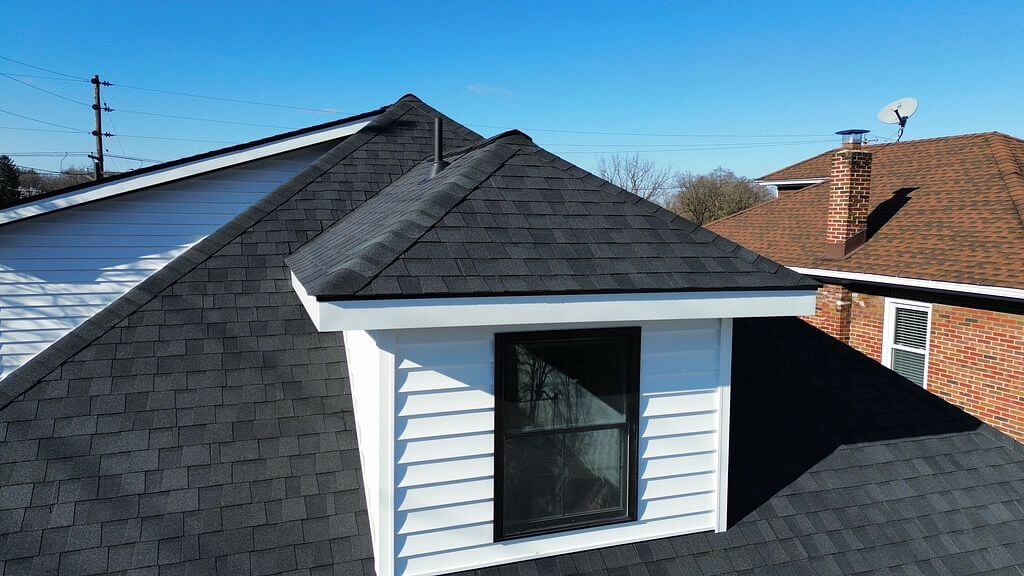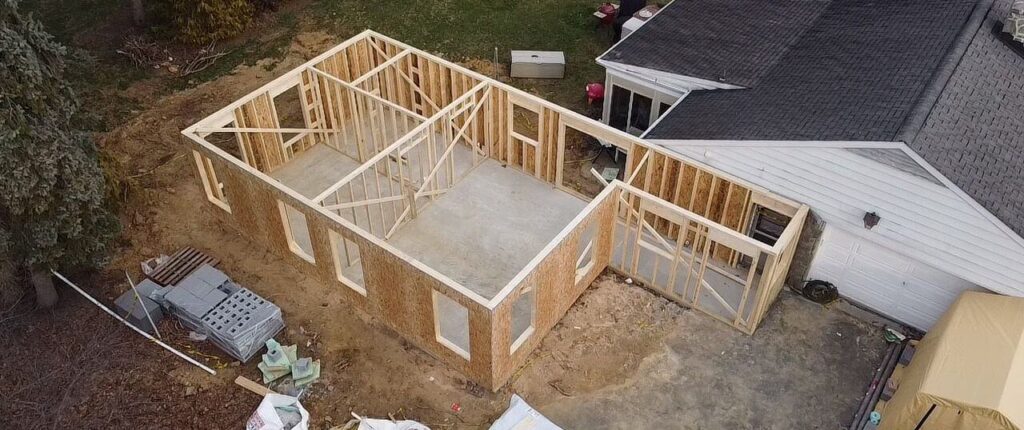Home improvement shouldn’t break the bank. Many families are looking for a change but don’t want to leave their current houses. Maybe you love your neighborhood. Maybe the school district is perfect for your kids. Or maybe you just can’t afford to move. Instead, try some of these affordable home additions to refresh your house without draining your bank account.
What Factors Influence Cost?
The total cost of your project relies on many moving parts. Here are the main factors that influence the price tag.
- Labor — You’ll need to pay for an experienced contractor, along with other tradespeople like plumbers, electricians, etc.
- Materials — The material and finish you choose for flooring, cabinets, counters, roofs, and other elements can significantly impact the total cost.
- Customizations and Design — Intricate designs may require architectural and engineering help, which will increase the price.
- Structural Changes — Alterations to framing or foundations add to the cost.
- Project Size and Complexity — Naturally, bigger projects require bigger budgets because of increased labor and material costs.
- Room Type — Kitchens and bathrooms can be pricier because they involve plumbing.
- Location — Contractor and material prices vary by region, so your location is a factor in the total price.
- Zoning Laws — Permits and other municipal regulations can make the process more expensive.
- Exterior Styling — Matching the roof and siding of an addition to your existing home involves additional costs.
These home addition cost factors influence the final price (and the return on investment you’ll get if you sell your house). Most affordable home additions are going to have a lower ROI because they’re a smaller project. Don’t expect to earn all your money back when you sell your house.
However, that doesn’t mean you shouldn’t do them. You need to consider the value of the remodel, beyond just money. Will it make your life easier? Will it provide essential living space for your family? If so, it might be worth it.
Budget-friendly home renovations can still look expensive. View our project gallery to see how.
Affordable Home Addition Ideas
With these factors in mind, here are some cost-effective home addition ideas you can tackle in the next year.

1). Finish An Existing Space
Have an unfinished basement, attic, or garage that you’re not using to its full potential? Revamp it into a usable space for your family. Transform it into a guest room, home office, in-law suite, or play room. Because you’re starting with an existing space rather than building something new, this project typically has a lower cost.
Finishing a basement or garage can cost anywhere from $25,000 to $50,000 or more. An attic will be a bit cheaper since it’s a smaller square footage.
2). Convert a Porch Into a Sunroom
Our next affordable home addition idea is to transform your unused porch into a sunroom. This requires swapping out screens for windows and doors to keep the rain out and let the light in. This project will need permits and professional help to frame the walls and complete the installation. You may also want to add electrical and HVAC access, depending on your plans for the space.
The most budget-friendly option is a three-season sunroom that protects you from the weather but lacks insulation and climate control. These can range from $20,000 to $50,000+ depending on size, material, and other factors.
3). Design a Mudroom
While this seems like a simple enough task, it requires structural changes, foundation footings, wall framing, flooring, and insulation. Plus the cost of whatever storage you want in the room—shelves, hooks, lockers, etc. However, since it’s a small space, it will have a smaller price tag than larger additions.
On average, you’re looking at a $10,000 to $30,000 bill. Converting an existing room will be the cheapest way to go, but a full addition will be pricier.
4). Bump Out a Room
A bump out is an expansion to an existing room. This cost-effective home addition is great if you like your current room but want a little extra space. You can add a window seat, a tub in your bathroom, or a larger kitchen island. This requires tearing down an exterior wall and pushing it out, but it’s much smaller than a regular addition.
The size and complexity of your bump out will determine the total price, but expect to pay around $27,000 for a typical expansion.

5). Add a Dormer
A dormer is typically added to the upper floors of a building. It’s a structure that juts up from a pitched roof and usually includes a window. They are great for adding extra headroom, natural light, and ventilation into a space, making it more livable. They also improve the exterior of your home, adding a unique architectural element.
There are many styles of dormers to choose from, but each one will require wall framing, rafters, window installation, roofing, and flashing. You can expect to pay $20,000 to $40,000, depending on the size and style of dormer you choose.
6). Build a FROG
No, not that kind of frog. Our last affordable home addition is to work with a contractor to build a finished room over your garage (FROG). Since you’re starting with a garage as your base, it lowers the price slightly. This addition requires a new floor, structural reinforcement, raising your garage roof, and adding a new access point. You may also want insulation, plumbing, and electrical systems.
A FROG can cost from $60,000 to over $200,000, depending on the size and purpose of the room. Keep it at the lower end of the range by designing a basic room with limited functionality.
10 Tips to Keep Your Projects Affordable
No matter your project, here are some cost-saving remodeling tips to keep it affordable.
- DIY what you can. But remember, always leave structural changes, electrical, and plumbing to the professionals.
- Limit structural changes because that’s where the price starts to increase.
- Keep your design simple and functional.
- Don’t build from scratch; start with an existing space.
- Focus on multi-functional spaces so you get the most bang for your buck.
- Build out, instead of up. While this limits yard space, it’ll save you money because you don’t have to worry about constructing additional support (and it’s less disruptive to your daily life).
- Upgrade the details rather than building an addition. New hardware, a backsplash, repainting, wallpaper, or a professional floor cleaning can do wonders.
- Build additions with a small square footage.
- Pick high value projects to increase your ROI.
- Focus on energy-efficient home additions to save money in the long run.
Financing With KSW Construction
Even affordable home additions can be an investment. That’s why we provide financing help and lending options that make home improvement accessible to all. The first step to financing is to contact our team to talk through your project and its estimated price.
Then you can apply online, with the help of your KSW representative. After that, you will submit the necessary paperwork and get approval for your loan.
Have more questions about the lending process? Our team is here to help.

